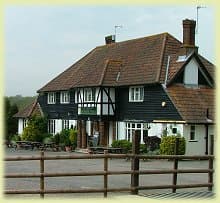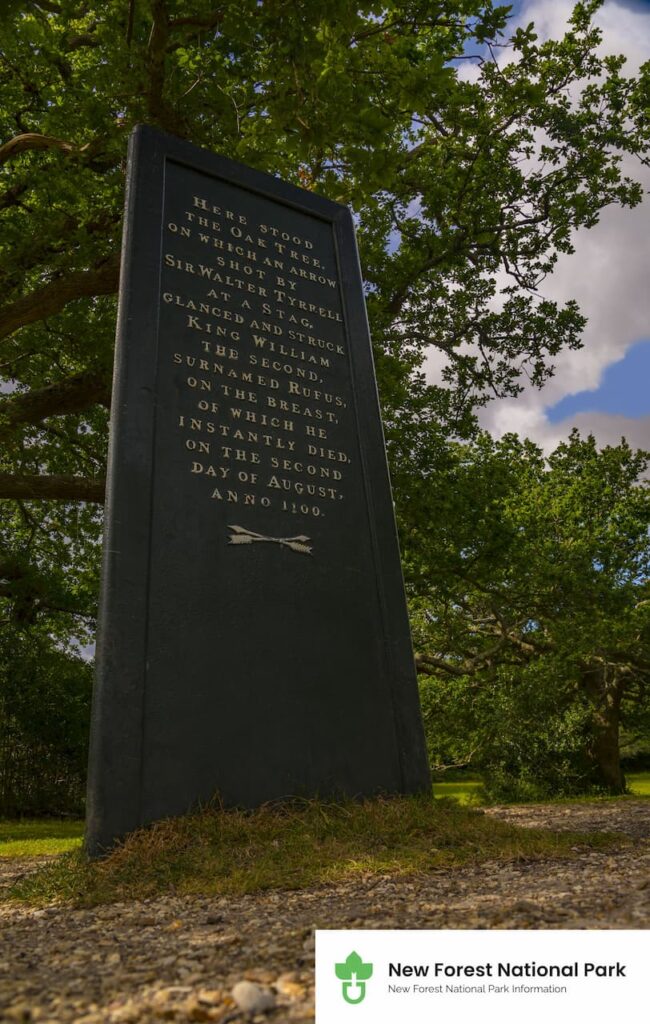The Rufus Stone

01.
Overview
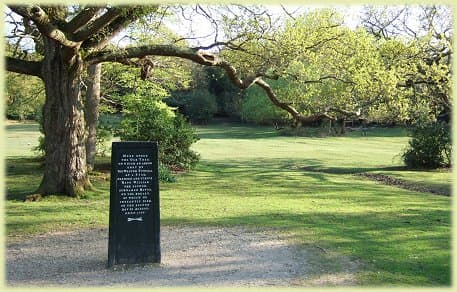
The Rufus Stone has to be one of the strongest reminders of the origins of the New Forest. The iron-clad stone marks the (alleged) spot where King William II was fatally wounded with an arrow, during a royal hunting outing in the Forest, in the year 1100 AD.
The king was nicknamed Rufus, apparently because of his ruddy complexion and red hair, and was of course the son of King William I who was responsible for designating the area as the royal hunting ground that we know today as the New Forest.
Table of Contents
ToggleWilliam Rufus was, by all accounts, an absolute barbarian and showed no mercy to the local inhabitants of the Forest, as well as being a fairly unpopular Monarch in general.
It was on August 2nd in the year 1100 when King William Rufus and his team of noblemen were out hunting deer and wild boar in the New Forest.
The story goes that an arrow was shot, supposedly at a stag, by the Frenchman Sir Walter Tyrrell who was the King’s best archer, but the arrow struck an oak tree and ricocheted off it straight into the chest of the king, puncturing his lung and killing him there and then (depicted in the 1895 lithograph shown right, © expired).
Sir Walter hot-footed it back to Normandy in fear of being charged with the King’s murder, the tale says that he stopped at a blacksmith on the way and had his horse re-shod with backwards facing horseshoes, so as to confuse the chasers!
As it happened, there were no chasers because no-one was particularly upset about the King’s death.
Indeed, there wasn’t even an effort to recover the king’s body by the Crown; a local charcoal burner named Purkis loaded the corpse onto his cart and carried it to Winchester Cathedral, where a somewhat low-key burial was performed.
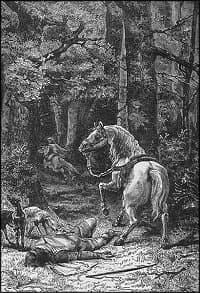
Although time spent at the stone will be brief, there are several paths leading into the immediate Forest, and the popular Sir Walter Tyrrell pub is just a stonesthrow, or arrowshot, away – the guilty one’s name having been immortalised into one of the area’s most popular hostelries.
Directly opposite the pub is the grassy lawn of Canterton Glen, a nice spot to relax on sunny days or the start of a pleasant walk up through to Longbeech campsite on Stoney Cross.
Getting to the Rufus Stone
The Rufus Stone is accessible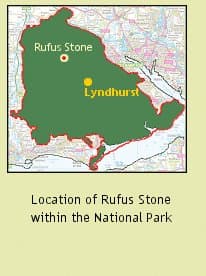
A31, the turning down to Rufus Stone is on the left, approximately halfway between the Stoney Cross and Cadnam exits.
Coming from the north, take the small road
that rises uphill directly opposite the Bell Inn at Brook. After about a
mile, the Stone is immediately after the Sir Walter Tyrrell pub, on the right.
A third option is to reach the stone (and pub!) by foot or on bike, coming down through Longbeech campsite on Stoney Cross. This is a very pleasant stroll but parts can get boggy after heavy rain, and there’s a stream to negotiate at the bottom!
GPS / SatNav information:
Lat/long: 50.911,-1.617. OS grid ref: SU270125

Forest Camping Adventures with Your Dog
Picture taking a spontaneous walk through the wild New Forest with your pet, where every sniff and paw print tells a unique story in nature’s vast manuscript. The New Forest offers beautiful scenery and friendly

Charity Events to Take Part in
Charity Events to Take Part in Around the New Forest If you are ready to do something good and make a difference in the world, you will be pleased to hear that there are

Spring Camping Trip with Mum
Planning a spring camping trip with your mother can transform a typical Mother’s Day into an enduring tale. New Forest, with its sprawling heaths and ancient woodlands, becomes the perfect canvas for this memory. Yet

World Clean Up Day
National and World Cleanup Day takes place on the third Saturday of September. World Clean Up Day is a beloved event that mobilizes people to protect the environment by cleaning litter and eliminating waste in

Best Cycling Trails in New Forest
Indeed, the New Forest bristles with some of the most exceptional cycling trails suitable for all skill levels. Keen cyclists and novices can explore varying terrains, from winding woodland trails at Ornamental Woods to historic
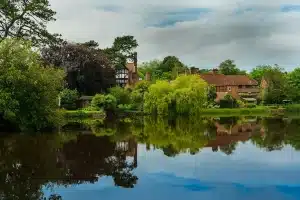
Brockenhurst New Forest Hotels
Brockenhurst New Forest Hotels & Accommodation Brockenhurst is a charming village located in the heart of the New Forest National Park in Hampshire, England. Known for its picturesque natural scenery, quaint villages, free-roaming ponies, and


